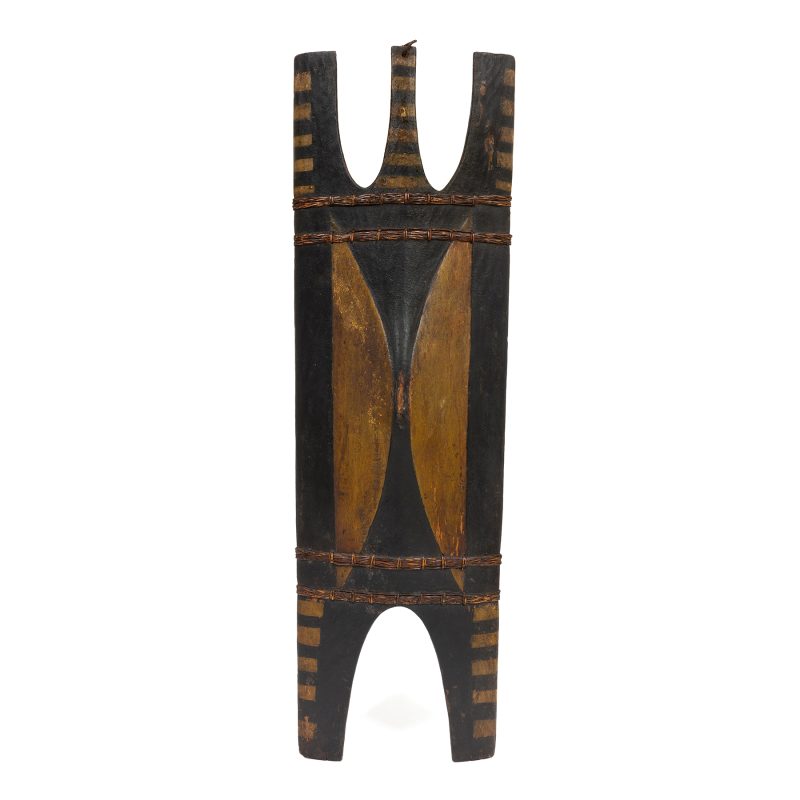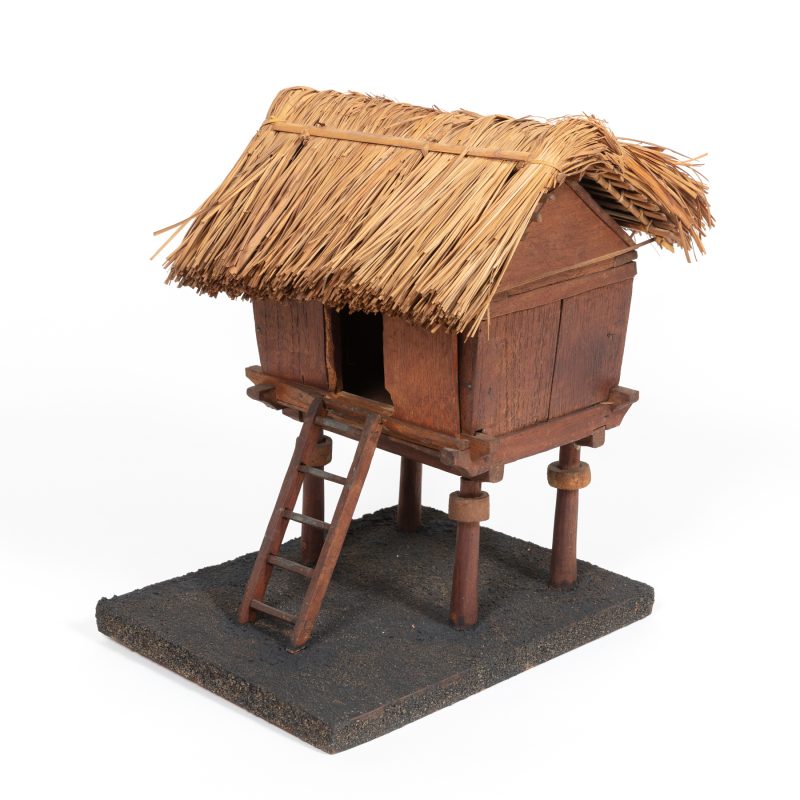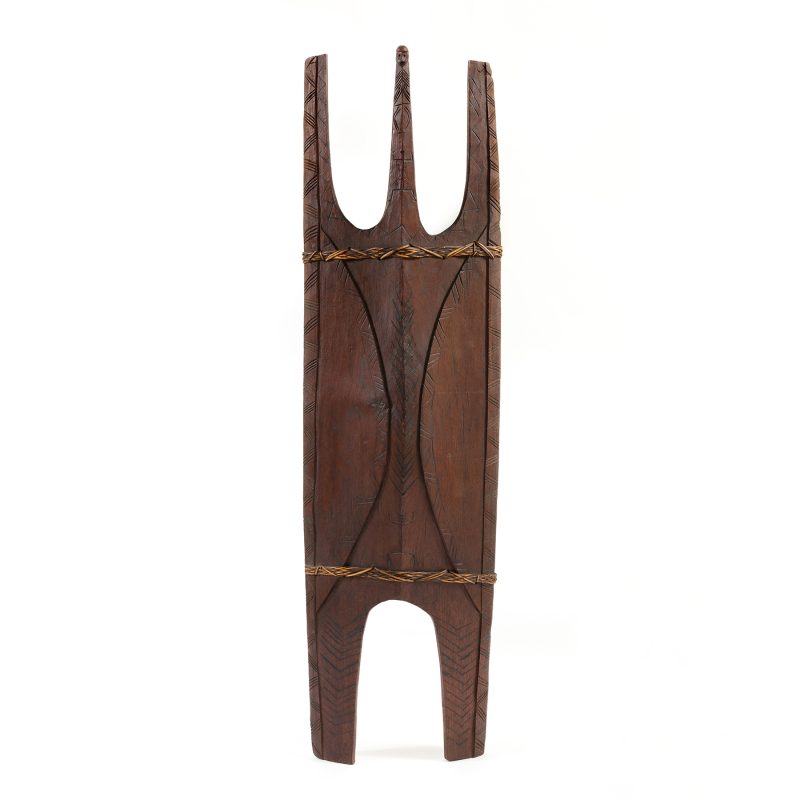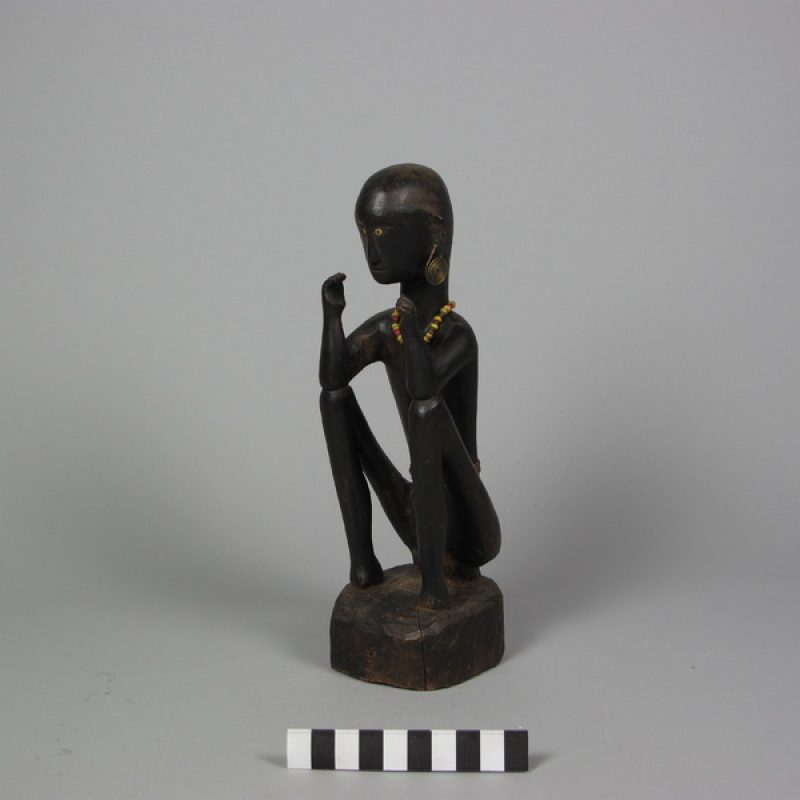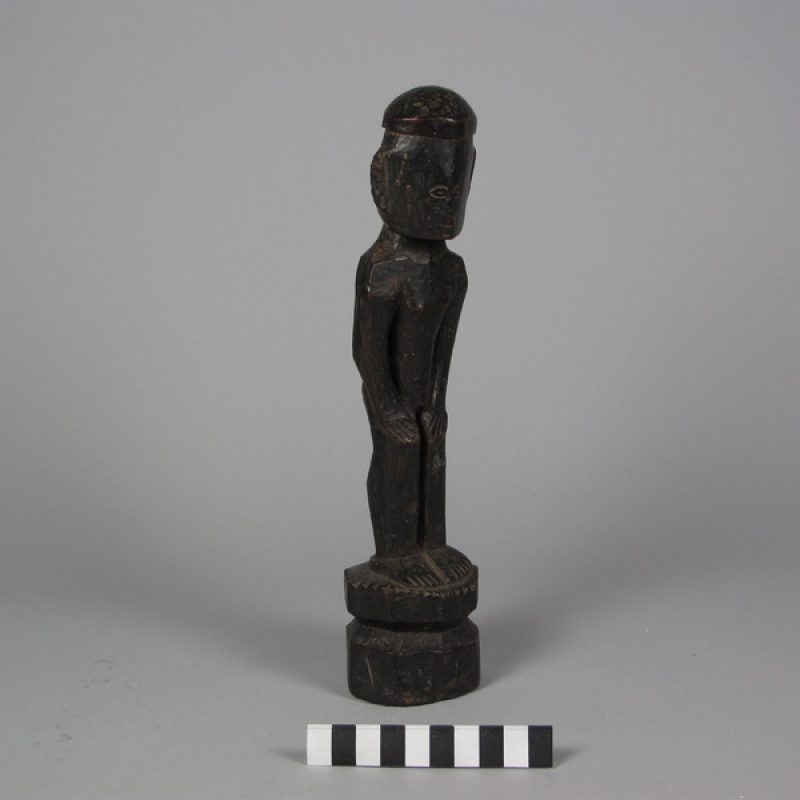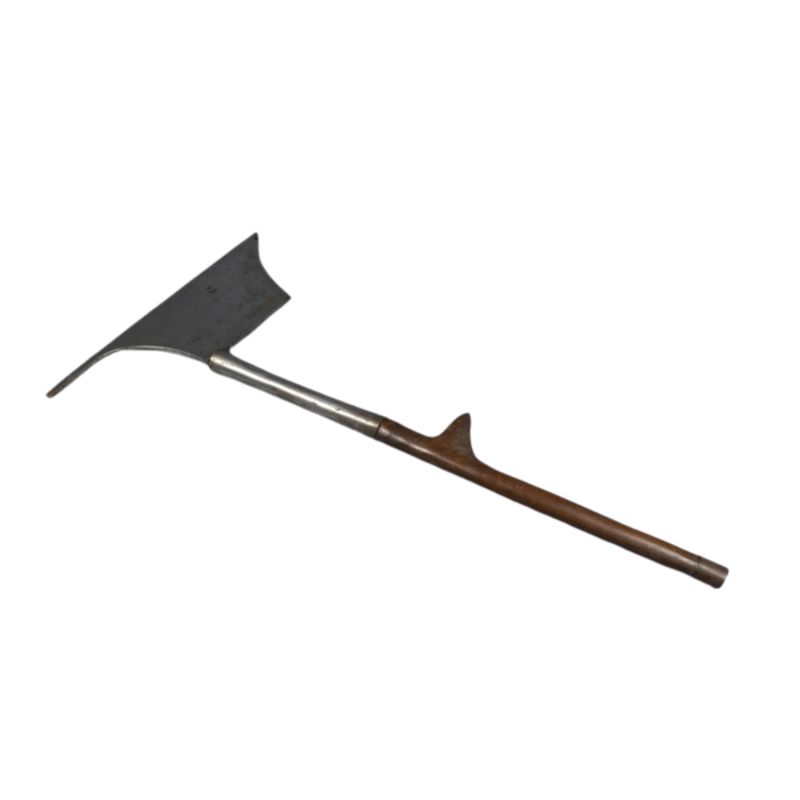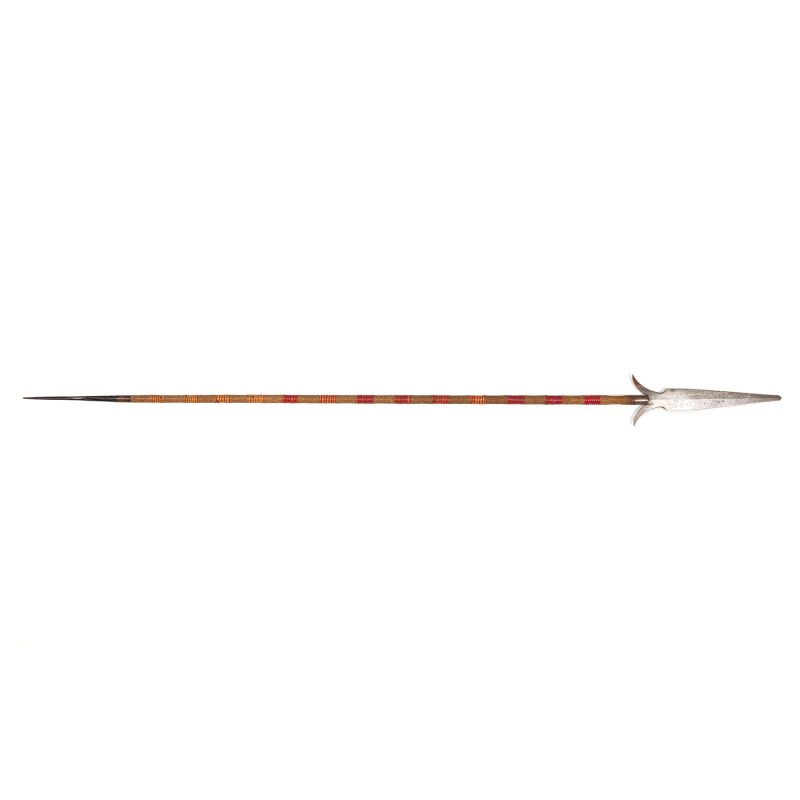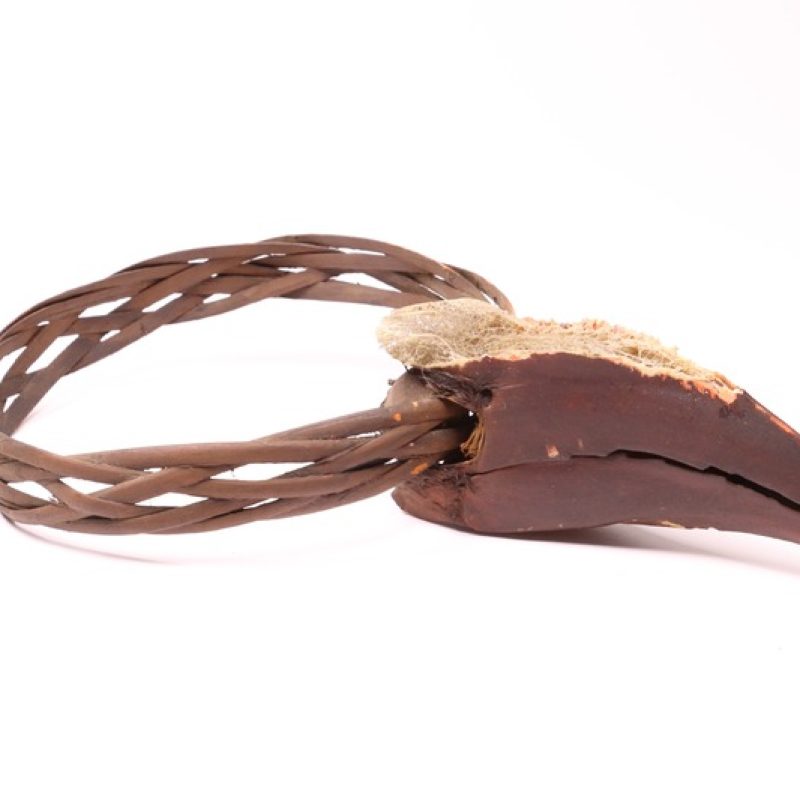Summary of results
Wood carvings from the north of the island of Luzon are usually classified by European museum institutions as anitos. Both in the Museum of Ethnology and World Cultures of Barcelona and in other state museums—the National Museum of Anthropology of Madrid, the Oriental Museum of Valladolid, and the Víctor Balaguer Library Museum of Vilanova i la Geltrú—and European museums—the British Museum of London and the Museum of Ethnography of Stockholm—we can find wood carvings made in the north of the island of Luzon under this same category. According to Albert Ernest Jenks, an American anthropologist who conducted an ethnography among the Bontok in 1902, anito is ‘the general name for the soul of the dead’ (Jenks, 1905: 196). The author notes this presence as an active social force among the Bontok, explaining that all injuries, accidents, illnesses, and deaths were considered to be the direct product of these entities and describing how they were extracted from diseased bodies by specialized persons (Jenks uses the word ‘shaman’).
It is fair to say, however, that there is no reference to any figure by this name in the text, and in the whole book there is only one photograph with the caption: ‘Anito head post in a ko’-mis’. Pérez states that the inhabitants of Tutucan, a settlement to the northeast of the then district of Bontoc, ‘are more fond than those of other [rancherías, small rural settlements] of placing rough wooden statues called anitos on the doors of their palay barns and in the fields’ (Pérez, 1902: 220), but at no point does it mention that these figures wore clothing or any kind of accessory. Although it is probably true that some statues were identified as anitos by some inhabitants of the Cordillera, we do not believe that this is the case of the objects that today are kept under this categorization in the Museum of Ethnology and World Cultures of Barcelona.
The information in the current inventories contemplates the fact that this type of artefacts had no ritual use whatsoever. According to the latter, they were made for the purpose of illustrating the appearance of the people of the Cordillera. However, once they were displayed at the Philippines Exhibition in Madrid, they were presented as anitos. It is possible that this carving was specifically made to be displayed at the aforementioned Philippines Exhibition, and may have been designed to meet the expectations of visitors, feeding colonial curiosity for what were perceived as exotic religions.
Chronological reconstruction of provenance
The first record we have of this wood carving is in the Catalogue of the Philippines Exhibition held in the Retiro Park in Madrid during the summer of 1887, where it appears as ‘Female Anito, with child in arms’ (Catalogue: 298). After the event, many of the artefacts remained in the Museo Biblioteca de Ultramar until it was closed in 1896, but this was probably not the case with the collection of which this artefact is a part, as it probably made its way to Barcelona after the exhibition was closed. The Museo Biblioteca de Ultramar was installed in the Palacio de la Minería, where these pieces were displayed during the exhibition. According to the museography of the Museum of Ethnology and World Cultures of Barcelona, the collection in which the artefact is included was exhibited during the 1888 Barcelona Universal Exposition, although there is no evidence of this and it is possibly an error.
In August 1895 the collection containing the artefact was already in Barcelona. Specifically, in the neighbourhood of Sant Gervasi, where the collector lived. Between October and November of the same year, a technical commission sent by the Board of Museums of Catalonia examined the collection and, in this occasion, considered that it was not suitable for inclusion in Catalan museums. A year after the loss of the Philippine colony, and perhaps for that reason, it was accepted and finally deposited in the Museo Histórico Arqueológico in 1900.
In 1902, according to the statistical yearbook of the city of Barcelona, the collection was housed in the Museo de Arte Decorativo y Arqueológico, located in the Palacio Real (now the building of the Parliament of Catalonia); in 1903, in the Museo de Objetos Curiosos y Hechos Memorables; and, in 1907, in the Museo de Arte Decorativo y Arqueológico. These last changes were merely nominal, because in practice the artefacts remained in the same place, i.e., in the Ciutadella building.
In 1932, the Museo de Arte Decorativo was dismantled and the collections were divided between the Archaeology Museum of Catalonia (MAC) and the National Art Museum of Catalonia (MNAC) for their creation. The collection probably ended up in the latter, given the fact that documents relating to it—basically reports of artefacts—can still be found in the museum’s archives.
According to one of these reports, before 1941, the collections were transferred from the National Art Museum of Catalonia to the Historical Archive of the City of Barcelona and the Museo Etnográfico. Although no ethnological or ethnographic museum is known to have existed at this time, according to the museum curators, the project already existed in the 1930s.
The artefacts probably remained in the storerooms of the Historical Archive until, before 1949, the Board of Museums transferred the collection to form the Ethnology Museum of Barcelona, where it remains to this day.
Estimation of provenance
This carving was made specifically to be displayed at the Philippines Exhibition in the Philippine Islands in Madrid in 1887. We can deduce this because figures of this type seem to have been produced in series. In this sense, the Museum of Ethnology and World Cultures of Barcelona itself has inventoried a total of twenty carvings of this style. Furthermore, the Museum of the Americas of Madrid holds figures representing exactly the same scene and which are practically identical. The fact that we do not find any similar figures in Philippine museums reinforces this hypothesis. They also come from the 1887 exhibition (Romero de Tejada: 1970).
Although today the style of the necklaces and accessories that adorn the carving is attributed to the Isneg—a group from the province of Apayao—it is most likely that this figure, as well as the others of the same type in the collection, was made in the province of Ifugao, where wood carving was a much more common practice. In particular, it may have come from the village of Hapao, where the carving of figurines for the tourist and collector’s trade is still practised today.
Possible alternative classifications
Igorot mannequin with child in arms, model of Igorot with child in arms, carving of Igorot with child in arms, made to be displayed at the Philippines Exhibition in the Philippine Islands in Madrid in 1887.
Complementary sources
Bibliography:
Negociado de Estadística (1902). Anuari estadístic de la ciutat de Barcelona. Barcelona: Ajuntament de Barcelona. <http://hdl.handle.net/11703/94371>.
Negociado de Estadística (1907). Anuari estadístic de la ciutat de Barcelona. Barcelona: Ajuntament de Barcelona. <http://hdl.handle.net/11703/94376>.
Exposición General de las Islas Filipinas (1887). Catálogo de la exposición general de las Islas Filipinas celebrada en Madrid… el 30 de junio de 1887. Signatura: AHM/633416. Madrid: Biblioteca Nacional de España.
Jenks, A. E. (1905). The Bontoc Igorot. Manila: Bureau of Public Printing. <https://www.gutenberg.org/ebooks/3308>.
Pérez, Á. (1902). Igorrotes: Estudio geográfico y etnográfico sobre algunos distritos del norte de Luzón. Imp. de «El Mercantil».
Sánchez Gómez, L. Á. (2003). Un imperio en la vitrina: El colonialismo español en el Pacífico y la Exposición de Filipinas de 1887. Madrid: CSIC Press.
Tejada, P. R. de (1970). El problema de los «Anitos» de Filipinas. Revista española de antropología americana, (5), 385-412. ISSN 0556-6533. <https://dialnet.unirioja.es/servlet/revista?codigo=1215>


